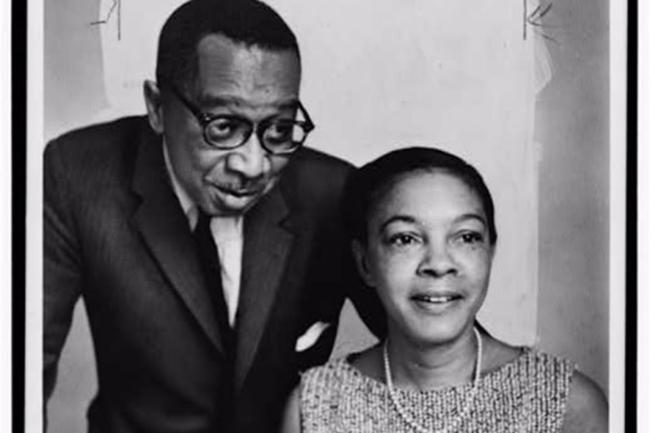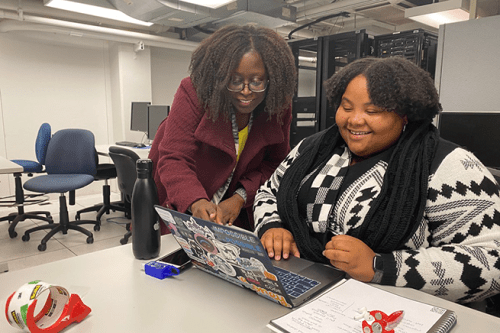Fourteen years before the landmark court case Brown v. Board of Education of Topeka desegregated American public schools, Howard University graduate and psychologist Mamie Phipps Clark (BS ’38, MA ’39), with the help of her husband Kenneth Bancroft Clark, was already doing revolutionary work on the profound impact of segregation and racism on Black children’s self-esteem. The “Dolls Test” developed by the Clarks and administered to over 250 Black children would become an important part of the expert testimony they provided during the Brown v. Board case.
When the Clarks published the dissertation “The Development of Consciousness of Self and the Emergence of Racial Identification in Negro Preschool Children” in 1939, little experimental research had been done concerning the development of children’s consciousness and sense of self. This research grew from Mamie Clark’s interest in racial identification in Black students, which Kenneth Clark would later say “was Mamie’s primary project that [he] crashed.” The paper is now a classic of developmental psychology.
By 1943, the Clarks’ studies grew to include the famous “Dolls Test,” in which Black children ages 3 through 7 were shown four dolls that were identical, save for a few key features: skin, hair, and eye color. This experiment found that many of the Southern children attending segregated schools internalized and passively accepted the idea that they were inferior to white children, while the children from racially mixed schools were more aware that racial discrimination against them was unjust. The Clarks concluded that integration was key to helping children develop healthy racial self-identification and presented their findings to the Supreme Court during the Brown v. Board case. The “Dolls Test” was only a small part of their expert testimony, but it served as powerful evidence for the impact of segregation on children.
Though she was an innovator in psychology, Mamie Phipps Clark did not initially plan on a career in the field. The daughter of a doctor and a homemaker, Clark graduated from high school with plans to become a math teacher. She received a scholarship to Howard University, where she began studying mathematics and physics. However, she felt a lack of support from faculty, which caused her to reconsider her career path.
Clark met her future husband early on in her time at the university, and when she became disillusioned with mathematics, he encouraged her to go into psychology. The couple married during Mamie’s senior year, while Kenneth continued his doctoral studies at Columbia University. After completing her master’s in psychology at Howard, Clark went to Columbia University for her doctoral degree as well. The Clarks were the first Black man and woman to earn psychology doctorates at Columbia.
Despite her credentials and her incredible research, Clark had difficulty finding work as a Black female psychologist in the early 1940s. After feeling stuck in jobs where she was mistreated for years, she found a position as a testing psychologist at the Riverdale Home for Children, where she counseled homeless Black girls. This experience had a profound impact on Clark, who felt that the issues her patients faced were a product of a racist society that failed to provide social services for minority children.
In response to her experience at the Riverdale Home for Children, Clark and her husband opened the Northside Center for Child Development in 1946, where they provided psychological services to minority children in Harlem and conducted experiments on racial biases in education. In 1962, the Clarks created Harlem Youth Opportunities Unlimited, which provided resources for Harlem schools and reduced unemployment among Black citizens who had dropped out of school.
Mamie Phipps Clark was a fierce advocate for integration, working at a time when a Black woman in psychology was a rare sight and job opportunities were scarce. Together, she and her husband advanced the field of psychology, making it more inclusive and using their findings for justice.





